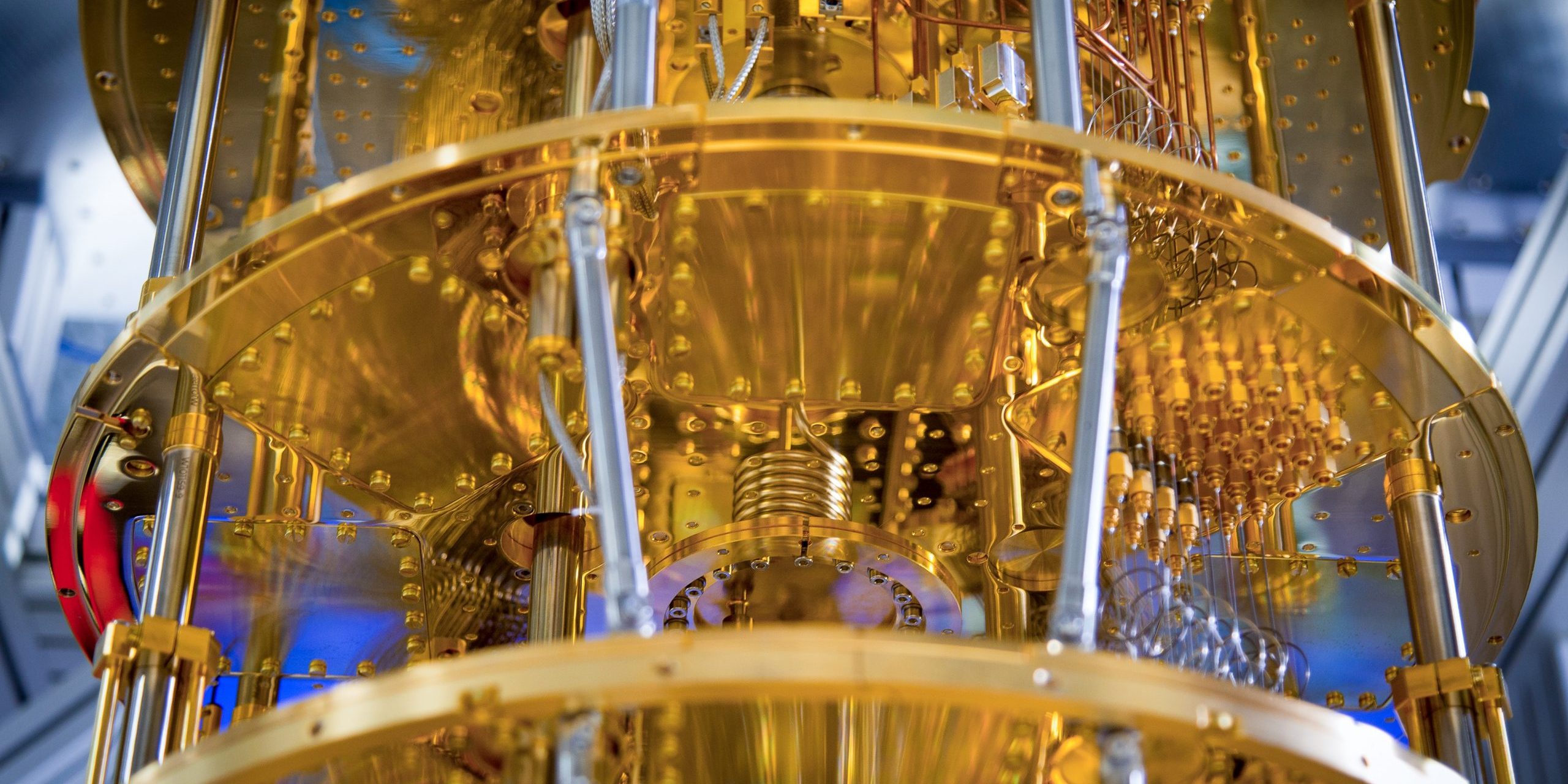Towards safer navigation and fully automated vessels with AI technologies
Groke Technologies is a Finnish company that focuses on developing intelligent methods for autonomous navigation to improve safety at sea. High-performance computing (HPC) plays a vital role in optimizing machine-learning models for computer vision.
Navigation is prone to human errors. In addition to their own eyes, captains often have only location-based technologies, maps and perhaps a radar at their disposal. Common reasons for collisions at sea are bad decision making, poor lookout, inefficient use of radar, inexperience, lack of communication, and fatigue1, lists Antti Lehmussola, Team Lead for Machine Learning at Groke Technologies in the webinar High Performance Computing for SMEs organized by the EuroCC project earlier this year.
Data from multiple sources
The ultimate goal of Groke Technologies is to get rid of human errors at sea and automate navigation through a multi-sensor system that is coupled with deep neural networks and a graphical user interface. The technical solution will combine radar technology, automatic identification system (AIS), visual and thermal cameras, as well as sea charts, inertial measurement units (IMU) and dual band GNSS.
All these sensors and data sources will be installed in a vessel together with several computing units to process the data. There is still work ahead before all of this is in production but in the meantime, many improvements in navigation can be achieved through different awareness systems for captains and vessel operators.
Groke Technologies’ navigation solution is currently in the product development phase. At the moment, AI and machine learning technology is mostly used to process images from a highly specialized camera system that consists of a 225-degree visual camera and a 180-degree thermal camera. By detecting and identifying objects around a vessel from the side of another vessel to a far-away sea buoy it helps to improve the captains’ situational awareness and perception of their vessels’ surroundings. In the future, other sensors’ information will be handled through machine learning too, explains Lehmussola. All this can eventually enable fully automated vessels.
Training machine-learning models with supercomputing
High-performance computing is an important asset in developing products and services. HPC enables companies to perform massive calculations within a short period of time and allows them to replace time-consuming physical prototyping with simulations. As a result, companies can accelerate the product development process, cut research and development cost and create new innovations.
With the financial support from Business Finland´s AI Business programme and computing resources provided by CSC – IT Center for Science, Groke Technologies is now training their machine learning model and investigating how to build deep neural networks for object detection with the optimal trade-off between accuracy and performance. This not an easy task because there are hundreds of different machine learning architectures available for object detection alone but with the HPC experts’ support they are making good progress.
Digitalisation of navigation
Due to the strategic investment from Mitsubishi Coorporation, Groke technologies’ solution will be initially tailored to meet the needs of the Japanese seafaring where it is expected to alleviate the inevitable shortage of sea captains. Japanese vessels are not allowed to sail under Japanese flag unless the captains´ nationality is Japanese, and many of the local captains are already in the later stages of their careers. The data-driven high-technology navigation solution is expected to draw younger generations into the maritime industry.
LUMI supercomputer for industrial use
LUMI is Europe’s flagship supercomputer. It plays an important role in the endeavor of the European High Performance Computing Joint Undertaking (EuroHPC JU) to develop a world-class supercomputing ecosystem in Europe.
The versatile architecture of LUMI makes it also one of the world’s leading platforms for artificial intelligence. Up to 20% of LUMI´s massive computing capacity is reserved for industrial use which offers new exciting opportunities for data-driven business development.
– With the ever-increasing computational performance, we can accelerate our machine-learning research and development efforts, and find the most optimal models for our use cases, says Lehmussola.




